Rob Denton – Evolving Light
Posted on March 2, 2021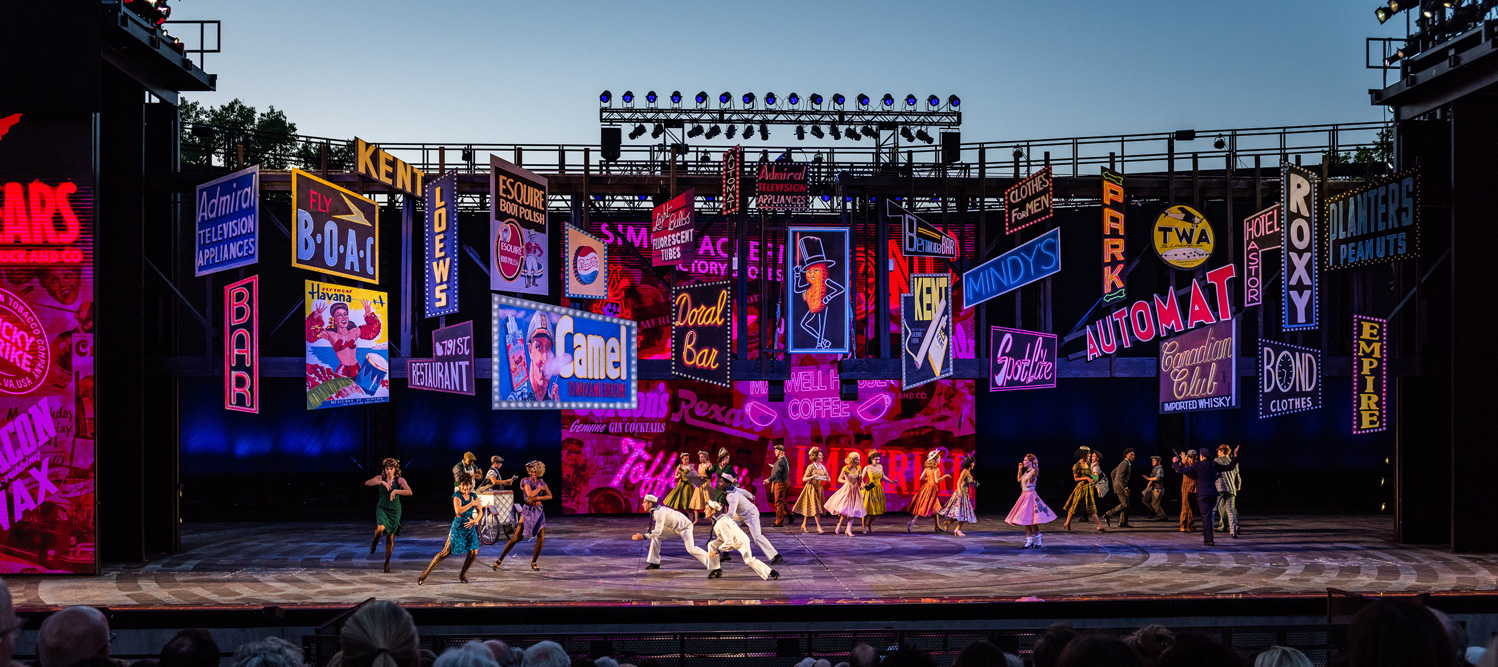
As the lighting designer at The Muny, an 11,000 seat outdoor theatre, this New York-based LD was instrumental in the massive 2019 upgrade that took place at the 100-year old St. Louis facility. A long list of issues turned over in his head when he evaluated plans for the new rig: How versatile would it be? Was it going to be easy to maintain? Would key lighting be sufficient to distinguish actors when they were in front of the massive LED walls?
There was one question, though, that spoke most directly to his vision as a designer: would the new rig be flexible enough to evolve with the changes that were sure to take place outside the theatre in the years ahead?
For Denton, theatrical lighting never resides in a vacuum but instead is part of a living, breathing social milieu where new styles and sensibilities shape the expectations of audiences. A stage lighting design that does not reflect these changes will quickly become outdated.
 This lesson is always in the forefront of Denton’s design process, whether at The Muny or any of the other theatres where his work takes him. In this age of livestreaming, virtual reality and hyperactive visual stimulation, this has led him to add extra vibrancy to his designs by embracing new technologies like projection video and employing bold color combinations.
This lesson is always in the forefront of Denton’s design process, whether at The Muny or any of the other theatres where his work takes him. In this age of livestreaming, virtual reality and hyperactive visual stimulation, this has led him to add extra vibrancy to his designs by embracing new technologies like projection video and employing bold color combinations.
Being attuned to generational shifts in tastes comes easily to Denton, who, in addition to his work as a designer, teaches lighting design at St. Louis’ Webster University where he has served as interim head of lighting design since 2020. He spoke to us about some of the most valuable lessons he has taught (and learned) about the ever-changing nature of stage lighting design.
You’ve done a great deal of work as a lighting designer for theatre, but you’ve also done projection design for quite a few musicals. Do you approach the design process differently when you are involved only in projection and not lighting?
“I approach both designs the same way, always starting by asking ‘what is the story I am trying to tell?’ I believe that each design is unique, and each story is unique. The entire creative team—the director, choreographer, and fellow designers—were all brought together to tell a story. Through their collaborative effort, the story will unfold in a unique way. There will of course be technological and medium differences among the team members, but the fundamental goal for all is the same: to tell an amazing story that captivates the audience.”
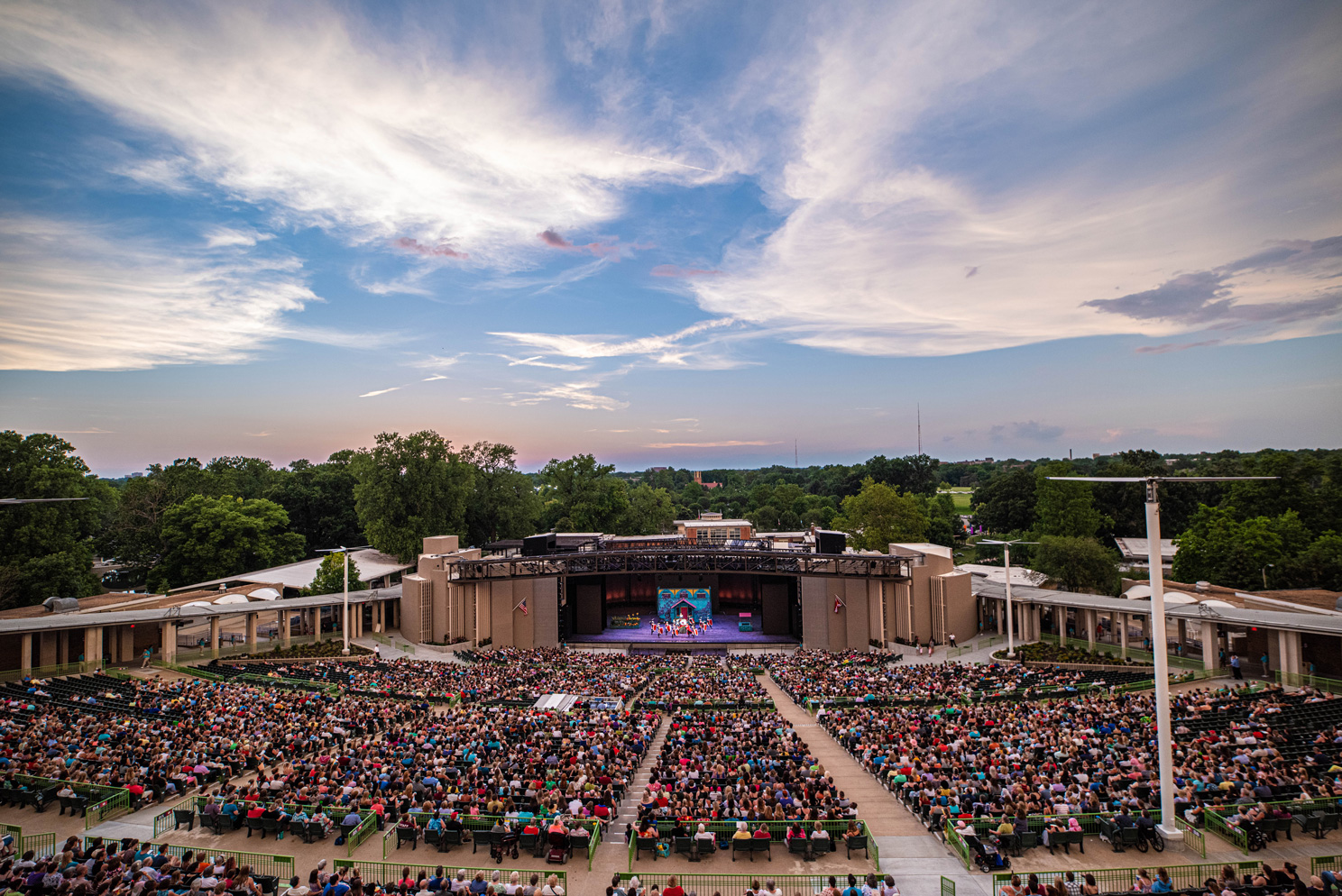
Speaking of projections, do you think they are going to play a bigger role in theatre?
“I do. In my view, we have only brushed the surface of what is possible with projections. As technology advances and more people are trained on the skills to render and create content, the world of projections will grow and become a part of most shows. Also, with so many new scripts that are now being written like a TV or movie, there are more scenes in a play. When you have 45 different scenes all in rapid succession, it’s almost impossible to support them all without creating a multitude of locales with the aid of projections.
“What interests me most about projections, though, is their use as a light source, thanks to recent advances in technology. I have often dreamed of having the capability of creating subtle, realistic motion effects, from daylight slowly flooding into a room to the flickering sun as it streams through the moving windows, to a train speeding down the tracks.
“Projections have given unlimited possibilities to a designer, but they have also made it necessary to think differently. There has to be some adapting on how a set is built and how a show is lit with projections. However, you want to be careful not to go down the path of thinking ‘why have a set if we can project it?’ When the tangible world becomes fake and artificial, the soul of a show is compromised.”
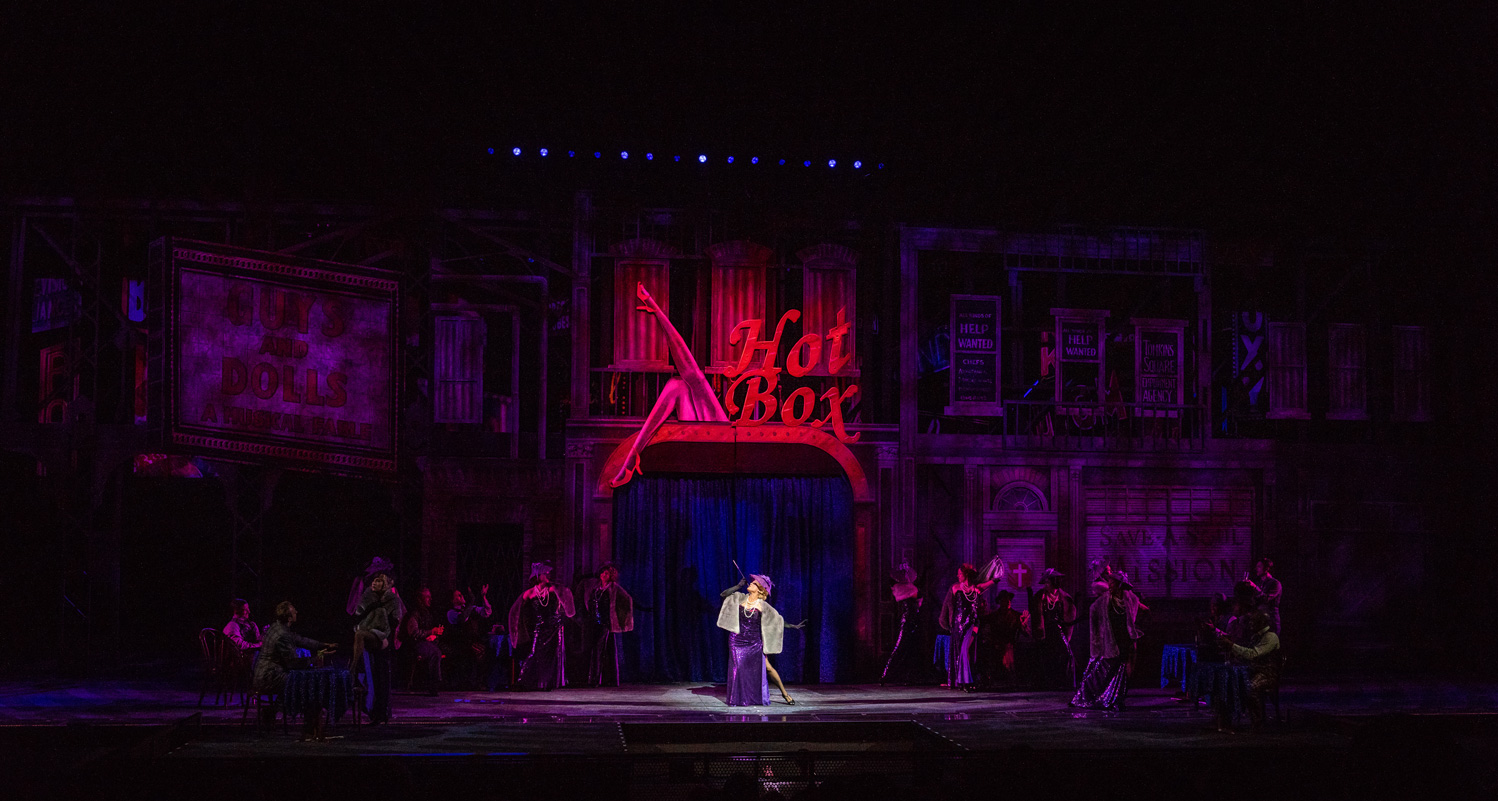
In the touring world, it seems that more concert LDs are incorporating theatrical concepts into their designs. Are theatrical designs weaving in more concert-like elements?
“Yes, especially in the case of musicals. Concerts have always done amazing things using light and video to propel the energy of the show out to the audience. This approach is being picked up more and more in theatre, especially musicals, and I think that will continue to be the case as technology in the concert and theatrical genres continue to merge.”
In addition to designing yourself, you teach lighting design at Webster University. What advice would you give to a student concerning the key personality traits needed to succeed in this field?
“I tell all of my students that skill and talent is important. Since things are always evolving, I also tell them to never stop learning and growing. I also stress that being a good person and open collaborator is just as important as talent. Designing is an interpersonal career, so we have to work closely with fellow creators and crew. We all need respect and trust one another. As designers, we place ourselves in an emotionally vulnerable place. We are tasked with getting inside the world of the play and digging deep into ourselves to create and design a world.”
What if the parents of a student asked you, ‘what exactly will my child be doing as a theatrical lighting designer?’ ‘What does lighting contribute to a play anyway?’ How would you answer?
“I would tell the parents that their child will be creating the world of a show; he or she will be molding and focusing the audience’s attention on the moments and aspects that comprise the story. Their child will reveal to the audience what they need to see, just like the camera for film and television does. But most impotently, their child will be telling audiences how to feel about a moment of the show. Their child will be able to influence hearts with the quality of light used, making people relate that to the show by recalling painful moments in their own lives or filling hearts with overflowing happiness that make people forget about the world outside, giving them a brief escape into another place—a place that is magical!”
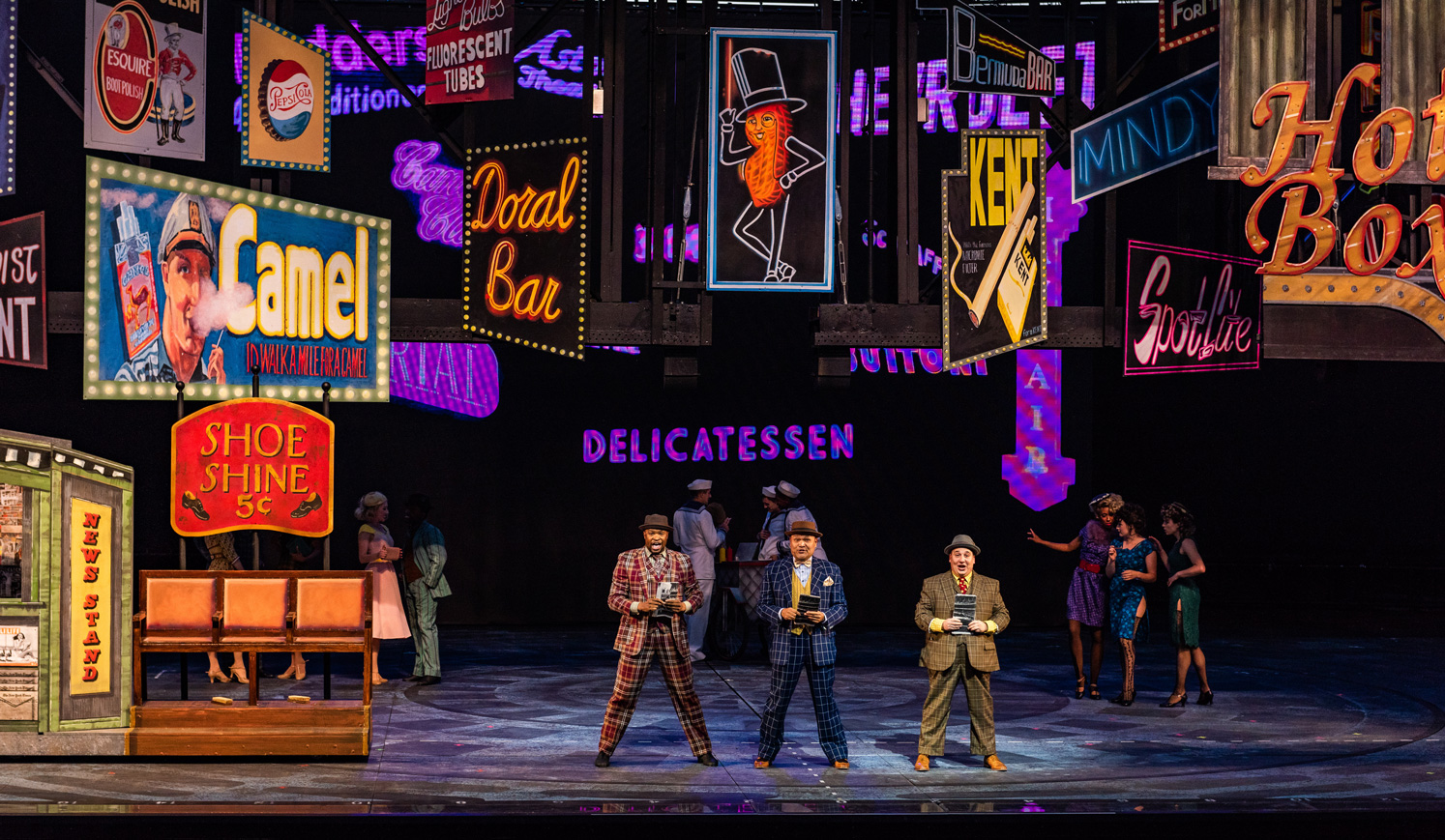
You’ve always maintained a very active schedule. So, how have you stayed busy during the lockdown?
“During the Covid-19 lockdown, I have been teaching Lighting Design at The Conservatory of Theatre Arts at Webster University. I feel blessed to have had this position over the past year, considering the pause in live performances, but it has also been fulfilling for me to interact, teach, and inspire the next generation of designers.
“Apart from teaching, I have worked on building better skills in Photoshop and 3D drafting. When not working at the Conservatory or developing my own skills, I spent a lot of time cycling around NYC over the summer and enjoyed spending time at home with my husband. Like many freelance designers, I am typically on the road and away from my loved ones for most of the year, so we made a huge effort to cherish this time that was handed to us as we bunkered down to stop the spread.”
Prior to the lockdown – back in 2019 – you were very involved in putting together the massive (over 700 fixtures) lighting rig for The Muny in St. Louis. As a lighting designer yourself, what were the most important things you wanted that rig to do differently – or better – than usual for your fellow LDs?
“I wanted the rig to be able to have complete flexibility so that we could light any type of musical, from the traditional to the modern. I also wanted to have a greater ability to focus in on specific areas of the stage and have the intensity needed to overcome the LED walls’ brightness, so that performers were not lost in the power of those walls. Additionally, I wanted the face of lights to have a beautiful aesthetic from the audience’s perspective. I felt it was my job to make sure that the rig did not pull focus from the stage. It was also important to ensure the new system was flexible enough to evolve over the years as musicals evolve.”
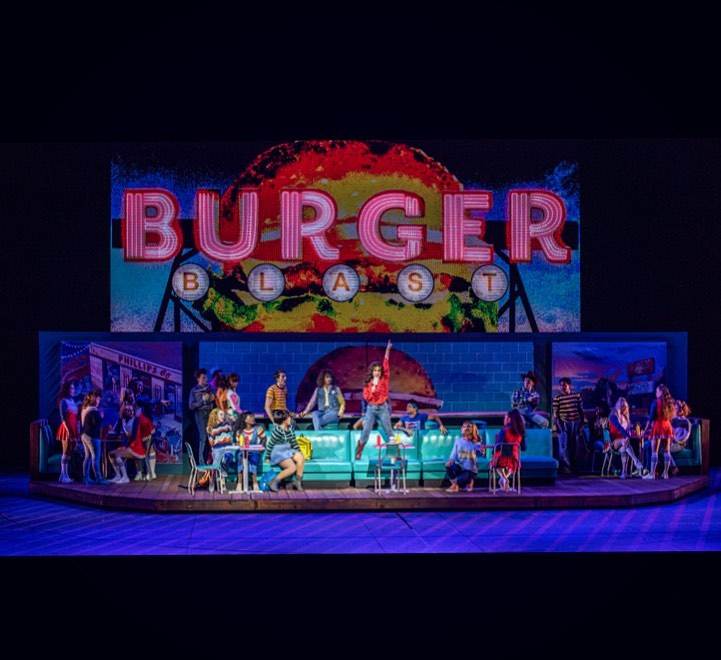
Your Muny rig is all LED. So, how would you describe the impact that LED technology has had on theatrical lighting design?
“LEDs have come so far in the past three years! This has opened unlimited possibilities to create a multitude of colors, from rich to subtle, and anything in between. It has also helped change the world of theatre, from being a place where we waste energy to one that is now becoming environmentally friendly.”
Now that LED technology opened a lot of creative options for lighting, is the role of the theatrical LD changing? Are directors looking at lighting differently, perhaps seeing it as a tool that can advance the unfolding of the story on stage?
“I think the biggest thing that LED has done to the world of lighting design and the communication with directors and the rest of the creative team is that it’s given them unlimited choices and possibilities, which lets us do more with the storytelling. As a result of this, as lighting designers, we now need more dialogue with the director in planning the show. There are so many more options; a lighting designer can easily get lost and not make a correct decision, or not make it quickly enough.”
On the subject of changes, do you think theatre lighting will be different as a result of our collective COVID-19 experience once shows resume?
“I believe the foundation of theatre lighting design will not change. The goal of supporting the story of the play/musical will still be our primary objective. But I do think that we will see a difference in design / style. Although what that will be, I have no clue! I think the entire world interacting and communicating via video calls and social media over the past year has absolutely changed aspects of ourselves. And I am so excited to explore its meaning and impact with all the talented theatre creators out there to see what we can learn from the audience and forge a new path for theatre design.”
When do you think theatrical productions will start up again?
“I am hopeful that we will start to see shows coming back by late summer—at least those productions that are outdoors—and then late fall/winter for shows performed inside. I believe audiences are eager to come back, and with the vaccine and appropriate precautions. I have to believe we will all soon be reunited in theatres and once again mesmerized by the talent and stories being told onstage.”
Earlier you mentioned LED video walls. What are your thoughts about using them on stage?
“LED video walls are tricky. They are a flat surface that is only a video surface, so they’re like wallpaper. You can do as much as you want with them, but they are what they are, no more or less. They are a localized light source too, so you need to have enough light on the performer in front of the wall to carve them out visually. If you don’t, it is easy to be overpowered by the wall. If I had my choice, I would almost always ask for projections on a set rather than a set made of LED walls. That said some shows do amazing things with an LED wall, especially when the show is in an outdoor venue.”
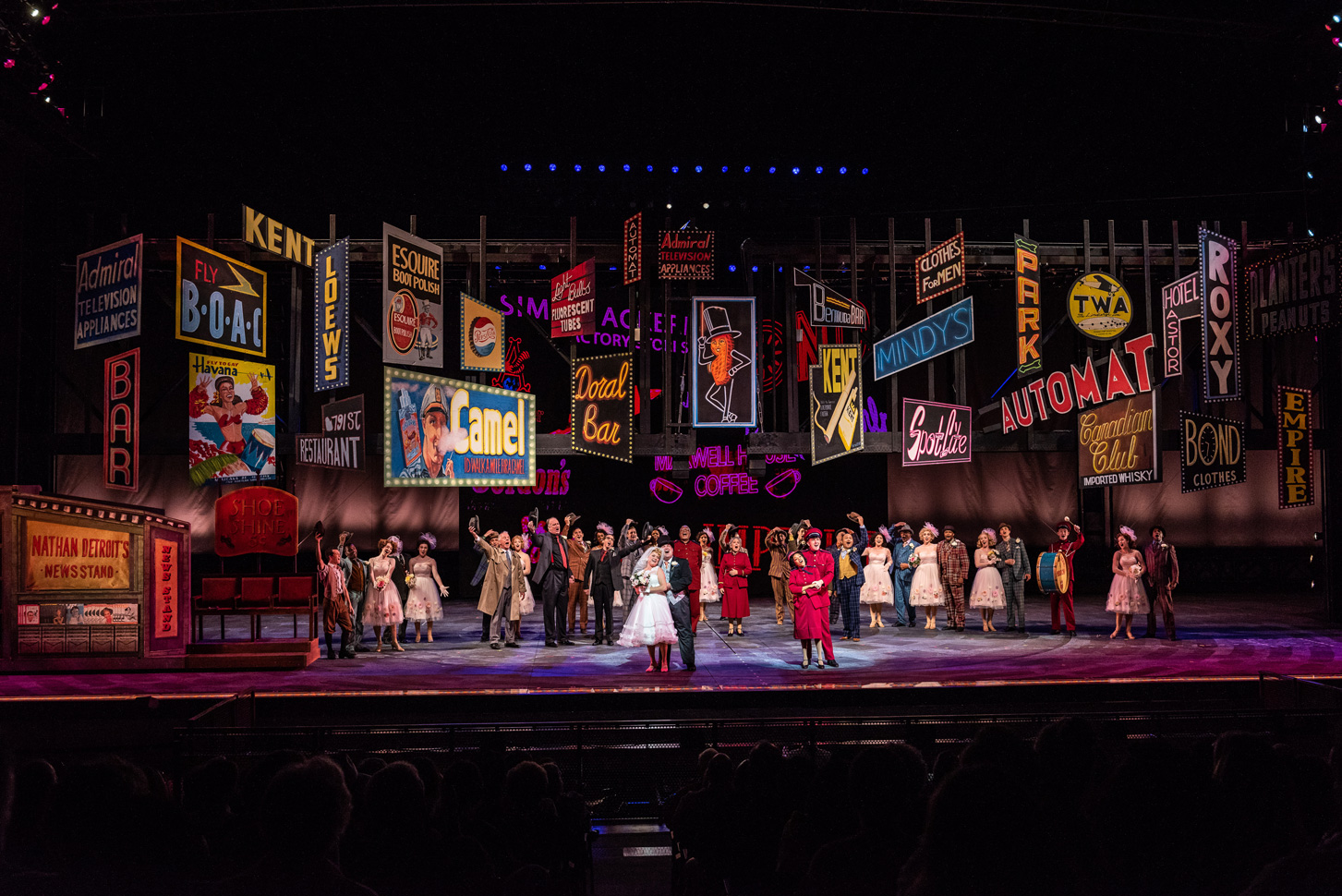
We always appreciated the way you incorporate bright colors in your design, often juxtaposing them to dark spaces. How do you bring color into a design without distracting from the story on stage?
“I find it important to think on both an emotional and naturalistic level. Saturated/bright colors are a way of exaggerating the natural world in an emotional context that supports the moment. I also think it is important to remember that we have to take into account the world that our modern audience lives in with its smart phones, computers, video billboards, movies, TV, and video games. There is a constant hyperstimulation of the visual senses, so we have to find ways that theatrical elements can reach people without being distracting. There is a vibrancy in our world now, and a theatrical design has to take this into account in order to be current and not look drab or dated.”
What are the first things you do at the start of the design process for a new project?
“I read the script and develop my own thoughts of the piece; then I start conversations with the director.”
How did you get started in lighting design?
“I got started in technical theatre when I was in grade school. In high school, when I truly got into lighting, I knew that was where I was meant to be. I knew I would be a lighting designer.”
What do you think you would have done if you didn’t get involved in this field?
“I would have been a pediatric pulmonologist. I know, it’s a far cry from lighting design, but as a child, I grew up with severe asthma and spent months in the hospital. I was always in and out of the doctor’s office, and I wanted to help other kids with lung diseases. But then I found theatre and discovered I was passionate about the art. Honestly, I feel that when an audience has a magical night in the theatre and forgets about all the troubles in their lives for a few hours, I know I am helping people still. In another way, but still helping.”
You worked as an associate LD for Brian MacDevitt on Blackbird and A Delicate Balance. What was that experience like?
“Working with Brian was remarkable. He is an incredible designer, colleague, and friend. I learned from him how to communicate with a director and fellow designer. He also taught me to always remain creative, never stop working hard, and constantly strive to do better. Creatively, he taught me how to look at light through nature; how to look at the world around me; and how to study light, art, and life. I also learned from him the importance of having faith in your team and recognizing that they were hired because they have skills and knowledge that you may not possess.”
What is the most challenging part of being a lighting designer for you?
“It has to be the constant juggle of freelance life, as well as the travel away from home and my husband. It is not an easy life to live, one of an freelance artist, and it takes a strong support structure at home to keep one grounded and always producing the best work you can.“
How would you like to be remembered as a lighting designer?
“I would like to be remembered not only as an amazing designer, but also as one who was kind, passionate, and caring. I would like to be remembered as a great mentor and friend to rising LDs, a kind leader in the amazing theatrical lighting family.“